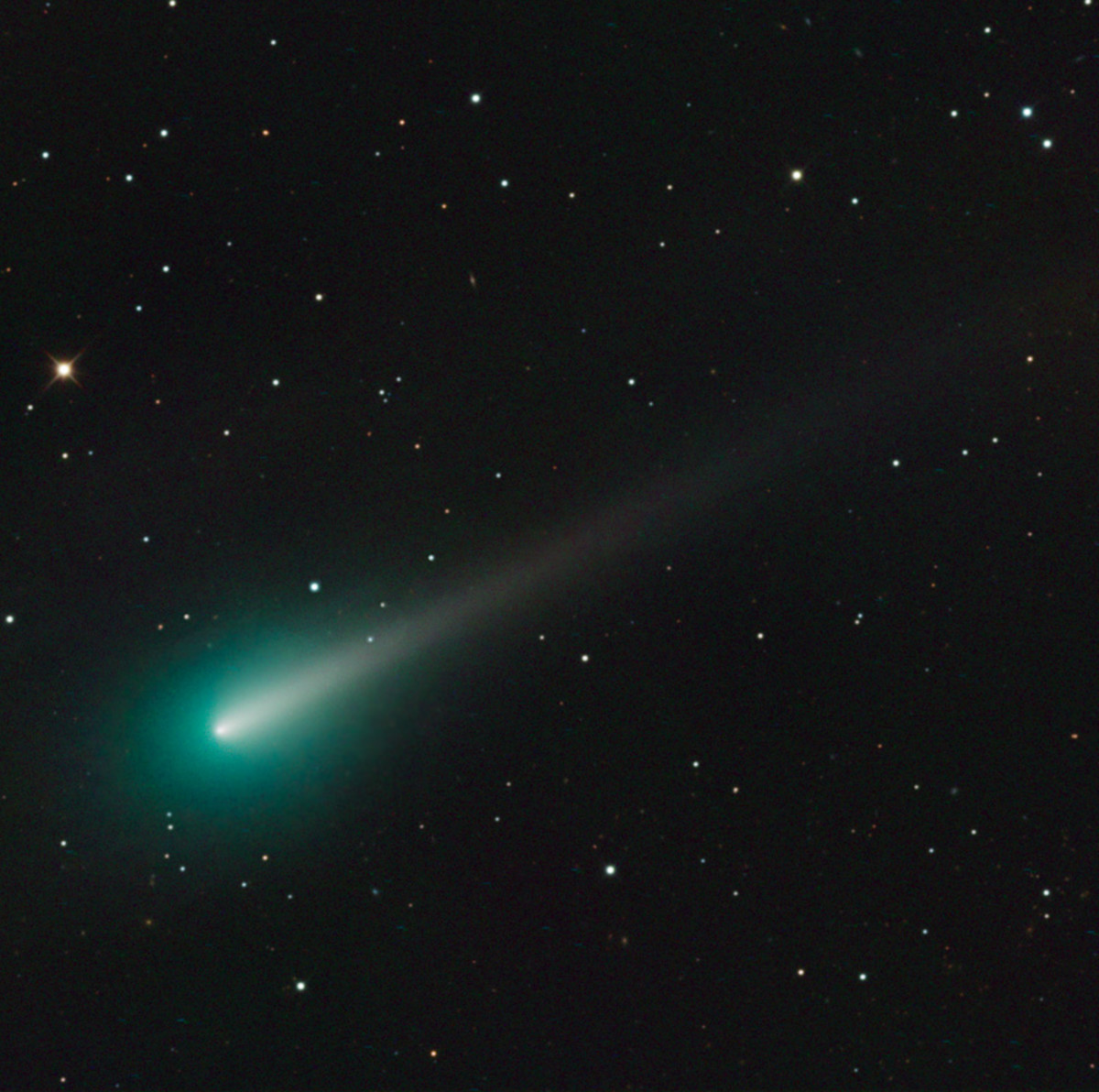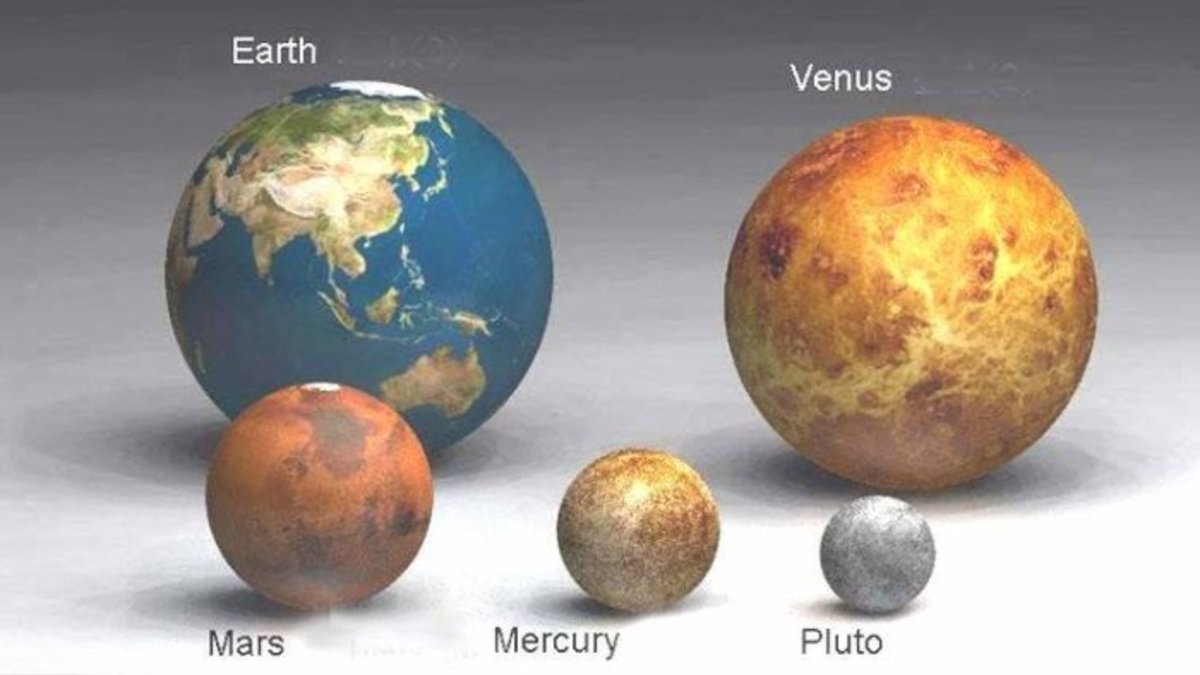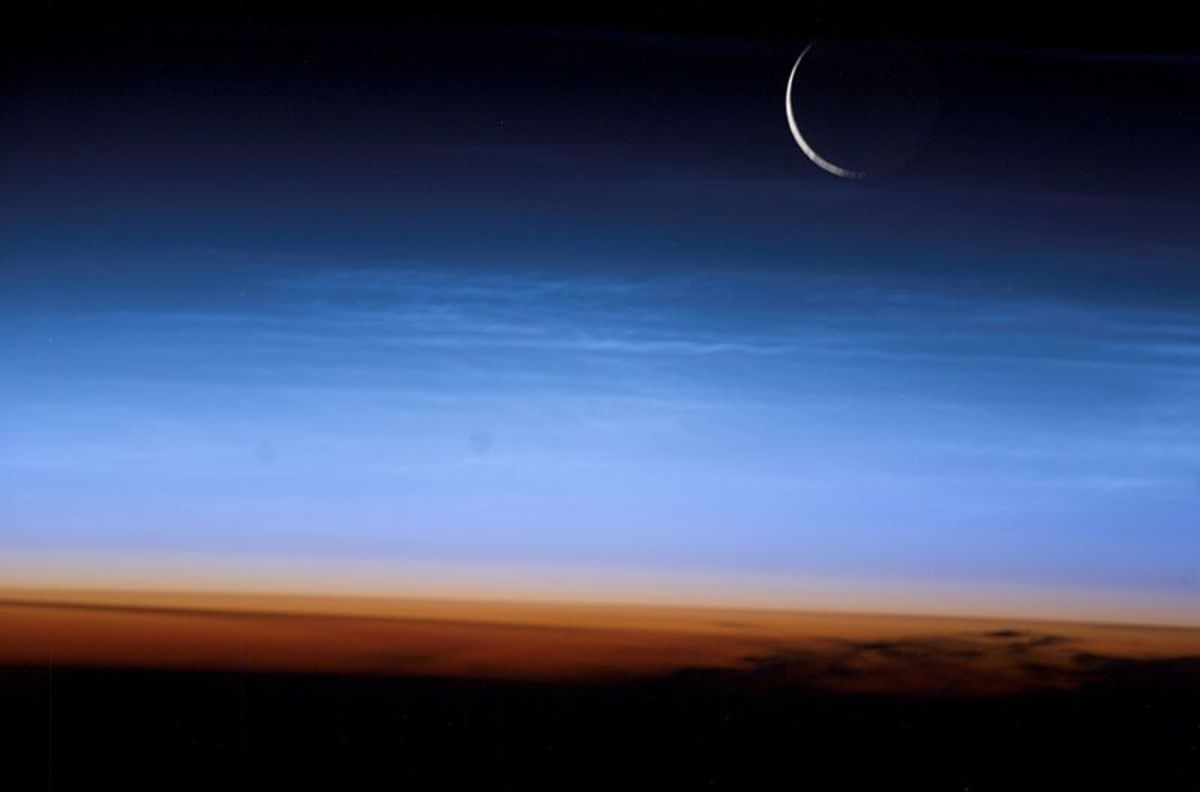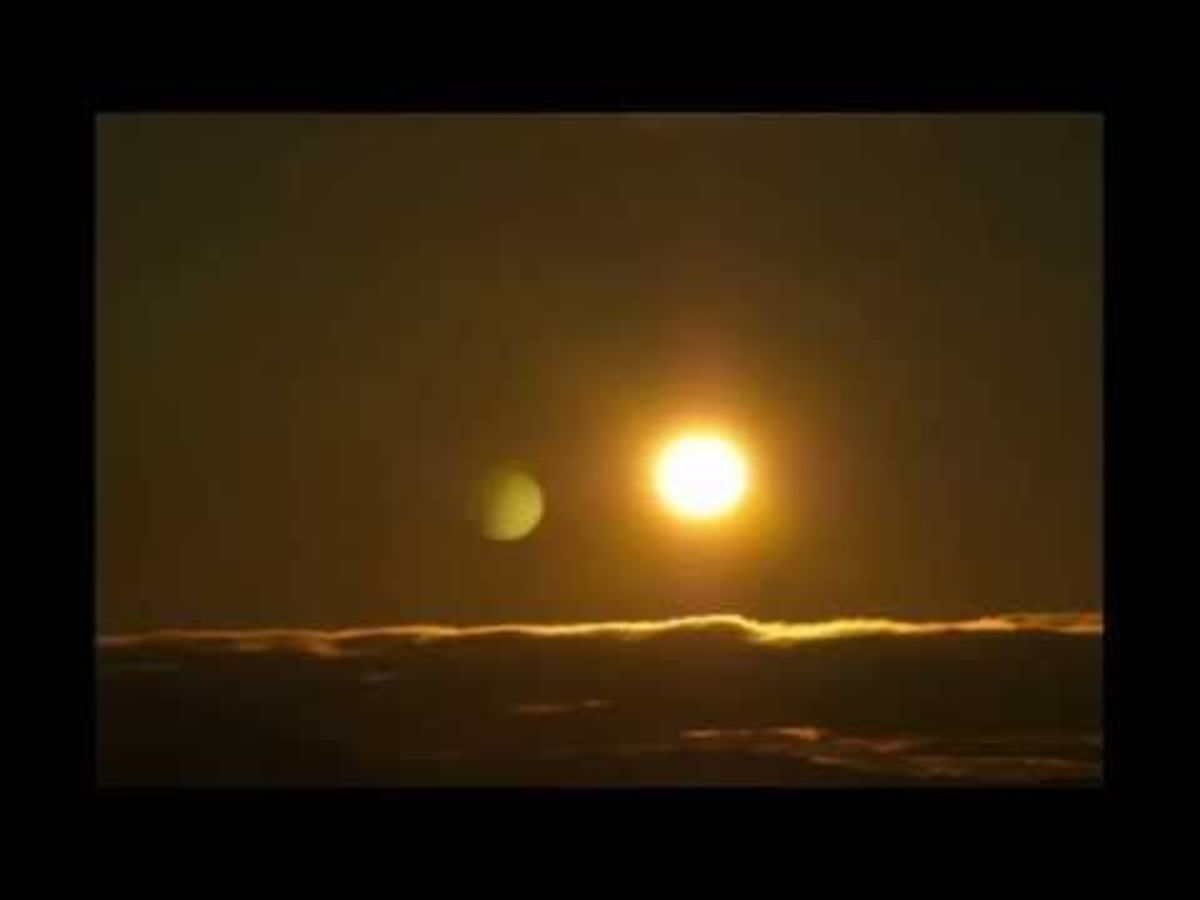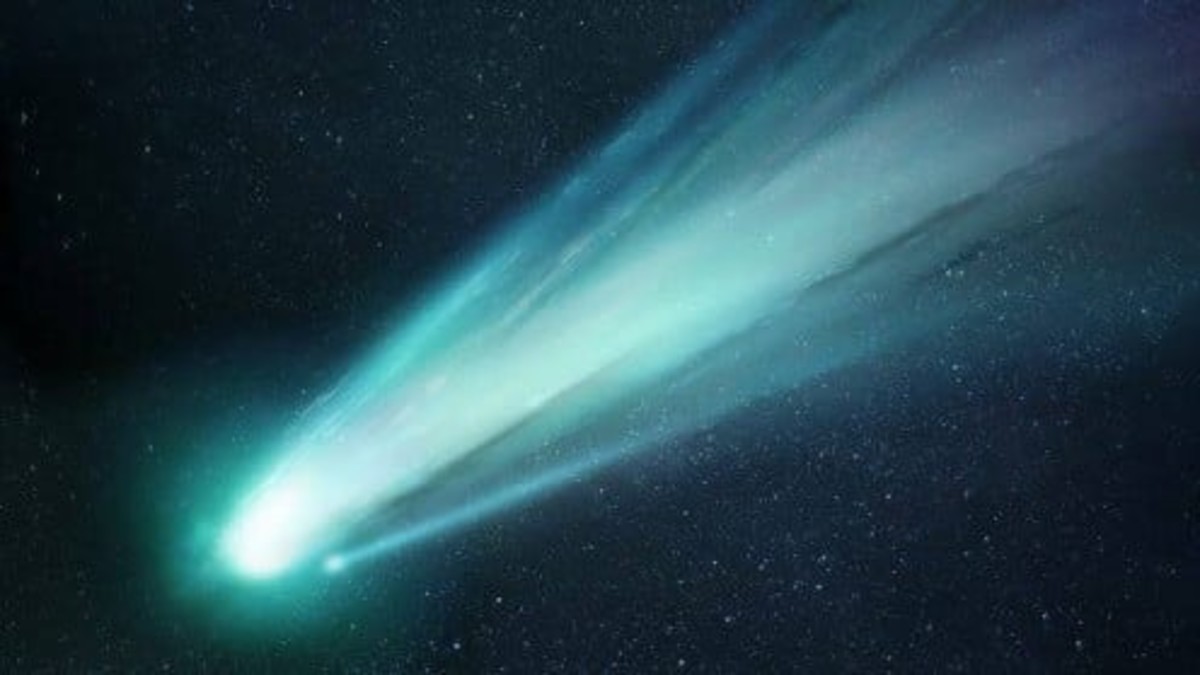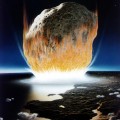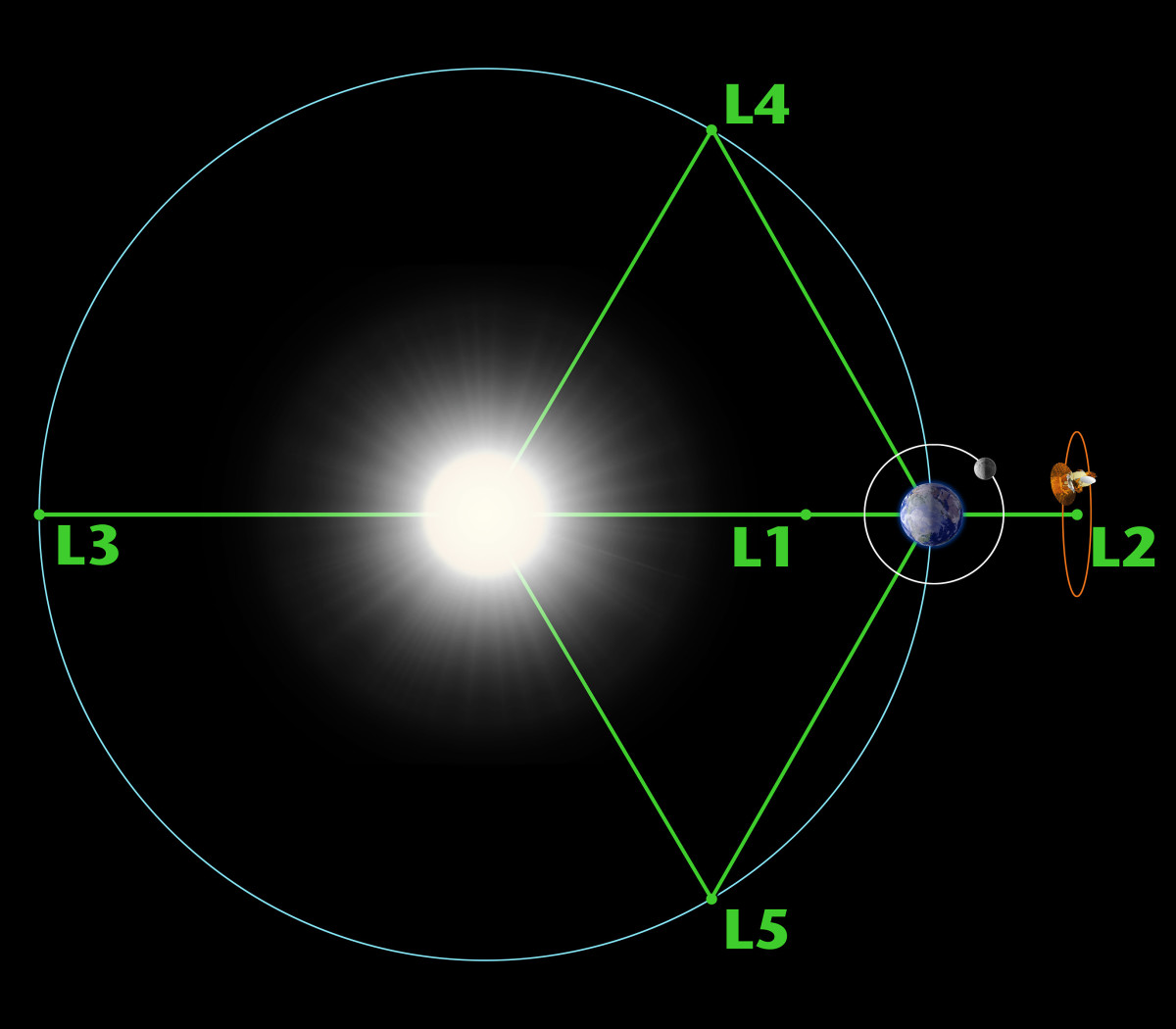What you need to know about Comets and Meteors
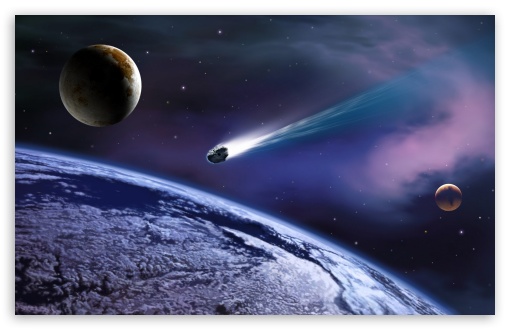
When growing up, we were told so many myth stories about comets and the most significant one I can remember now is that whenever you see a comet, then make a wish and it shall come to pass. Well I will never knew how many of us then that ever saw a comet, even if we did see them we never knew whether it was a comet or just a meteor. Seeing a comet is no big deal but identifying and not confusing them to be a meteor is the real problem. Also there is a quote about comets from the famous William Shakespeare’s novel, Julius Caesar that says “When beggars die, there are no comets seen; but the heavens themselves blaze forth at the death of princes”. This further illustrates how comets are seen from the fifteen to nineteenth century, as to be very special especially when they appear.
What most people don’t know is that there are so many known existing different forms of comets and that they are also permanent members of our solar system. In fact most people do believe that comets only appear and disappear just like that or that they behave like in the concept of eclipse of the sun or the moon.
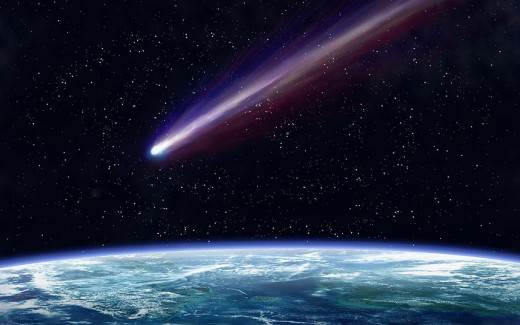
So many people have confused comets to be meteors and vice versa. Comet is an object which consists of dusts and large chunks of ices that moves great distance away and around the sun usually with a tail, that is seen only rarely from Earth and then as a bright line in the sky.
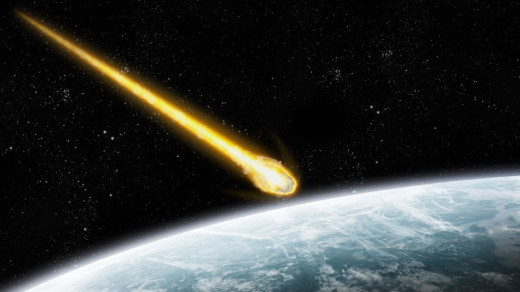
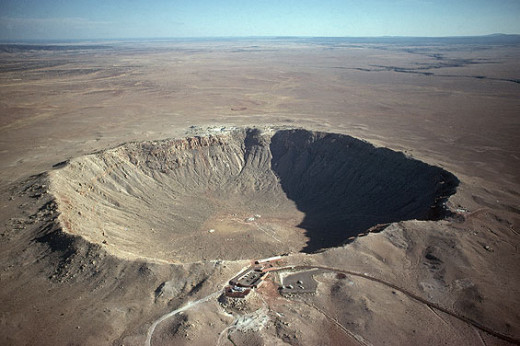
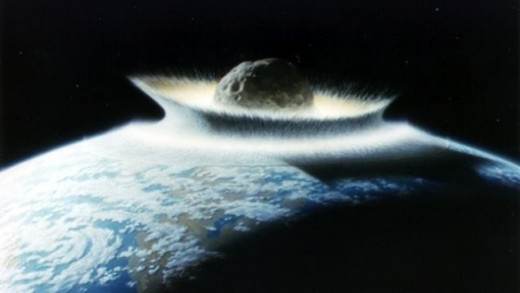
Meteors in other hand are billions of tiny particles or objects usually forming a piece of rock from outer space that makes a bright line across the night sky as a burst of light while falling through the earth’s atmosphere. These tiny particles or objects are usually called shooting stars; their brightness develops as they rush into the earth’s atmosphere and are vapourized by intense heat produced by atmospheric friction.
In other words, a comet might never hit the earth’s surface while large and massive meteors formed as a result incomplete vaporization could strike the Earth’s surface and are known meteorites. The very bright meteors that light up the entire landscape are known as fireballs. Meteorology is the scientific study of the earth’s atmosphere and its changes, used especially in forecasting the weather. But I shall largely focus my discussion and interest on Comets because it seems not to occur more often over the years and we need to know the reason why.
Origin of Comets
Although almost a dozen comets are discovered each year, most of them are much too faint to be seen with the naked eyes, so thus this makes them much more numerous pouring away than most people think. In fact there over one thousand known listed numbers of comets that have come into our solar system, but the average human being cannot be expected to see more than half a score during a lifetime and most of them will not be as bright as possible.
According to scientific studies, especially by a scientist named Oort, who suggested using the work of E.Stromgren, that the majority of the comets are members of the solar system lying in a shell at a distance of about thousands of miles away from the sun. It is very clear that only a very few of the total number of comets that exists are ever seen again. This as was proven by scientists could be as a result of the effect of the Tidal action of the sun on comets. Oort and Van Woerden also estimated that there may be more than One hundred million comets in the sky and cloud that forms a shell around our solar system.
Another assumption arose that since the comets contains large chunks of ice its existence can also likened to Planet Jupiter (the coldest planet), is also known to be the source and harbours about forty-five out of the sixty-nine comets with periods less than one hundred (100) years, this is largely because their aphelia lie close to Jupiter’s orbit.
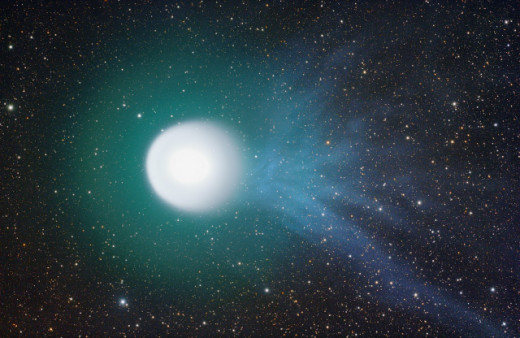
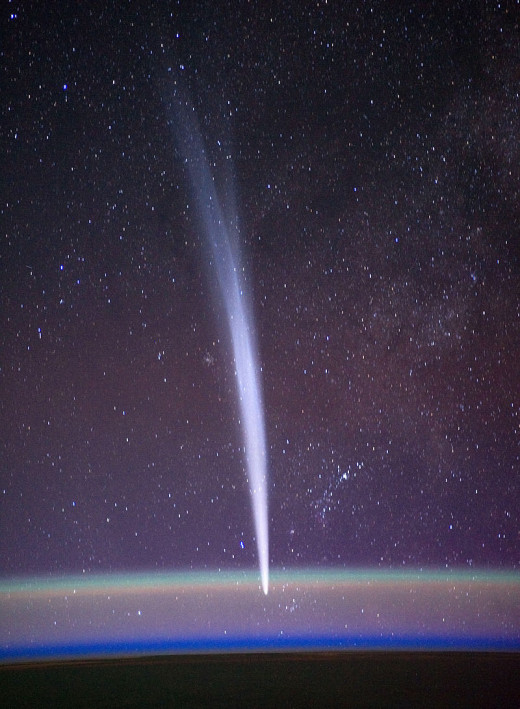
Contents of a Comet
So just like most atoms, the comet consists of a nucleus too. In other words a comet has two parts; the head and the tail. The head which houses most of the mass of the comet consists of the coma and the nucleus.
The Coma is a hazy nebulous halo of transparent matter that is luminous,
The Nucleus which is a very porous component contains ice which are made of methane, ammonia, and water together with meteoric materials like particles of iron, nickel, and calcium all embedded in it. The nucleus is also a fairly concentrated bright light region that can be found near the centre of the comet.
The tail of a comet is a stream of bright luminous matter that contains particles of not larger than 2.5x10-6 cm in diameter, which always points away from the sun regardless of where the comet is in the orbit. The tail is a complicated structure which is believed to be formed apparently by the materials and particles that are being ejected from the body of the comet.
Although the general analysis of how radiation from the sun can repel small particles may account to some extent for the formation of a comet’s tail and its pointing away from the sun, it does not give a complete answer to the reason for the disappearing tail altogether. Thus, the amount of radiation coming directly from the sun cannot fully account for the fading speed of the particles contained in the tail are streaming away from the head of the comet nor for the apparent rigidity of some of the tails.

Comet appearance, sizes and velocity
There are so many known and seen Comets with varying sizes which generally could travel very long distances. It is important to note that comets are usually named either after the person or group of persons who first discovered them or in honour of the astronomer who analyzed its orbit. For example is the Halley’s Comet named in honour of Halley who was the first astronomer to prove that this comet could be identified with those that appeared in 1531, 1607 and 1682 and he correctly predicted it would reappear in 1758. When the Comet made its return in 1910, its tail was so long that the earth passed right through it. Thus there are about sixty (60) known periodic comets which have periods ranging from hundred to tens of thousands (100-10,000) years. In addition, there are sixty-nine periodic comets with periods less than one hundred years and about thirty-six of these have actually been observed to return up to as many as forty-one times.
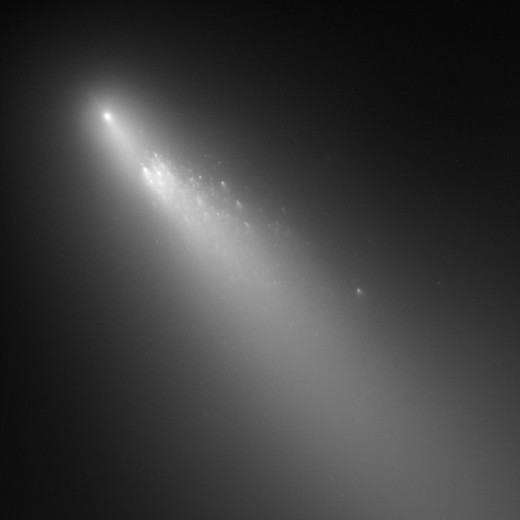
Among all the known comets there are only two that are commonly seen and observed every year; the Schwassmann-Wachmann Comet and Oterma Comet. It was observed in some cases that Comets sometimes are brighter than the moon, this was first observed in 1910 when two comets (Halley’s Comet which reappears every 76 years and an unknown comet which appears unexpectedly) rivaling the moon in brilliance and extending for great distances.
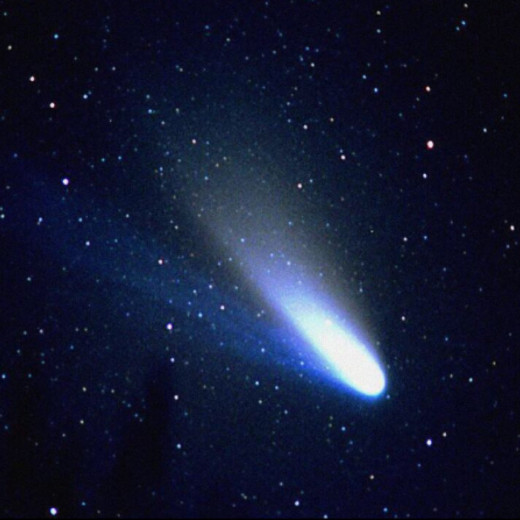

The size and structure of comets hugely varies and it is very difficult if not impossible to determine the definite figures of comets. But studies have suggested that the dimensions of comets are very large but their masses are extremely small and also not measurable. From observations done by scientist using Brooks’ and Lexell’s Comets, it seems most likely that no comet has a mass greater than one-millionth (1/1000000) of the earth’s mass. If there were any appreciable amount of matter in the form of dust in our solar system, comets would not move the way they do. Thus the density of comet is probably largest in the nucleus, becoming negligible towards the end of the tail.
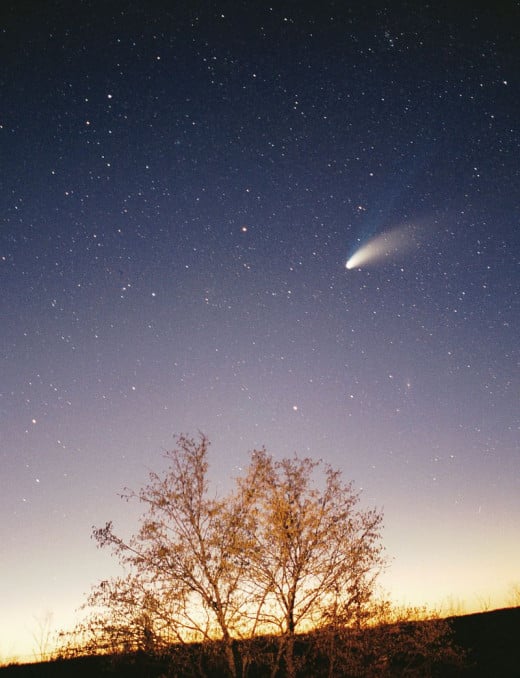
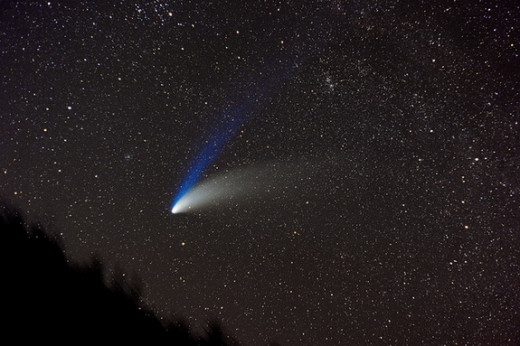
The heads of comets also change their shapes as they approach the sun, this is due to the tidal action of the sun’s gravitational force which tends to reduce and tear them apart. Those comets which move in elliptical orbits are permanent members of our solar system and re-appear periodically, while those that move in hyperbolic orbits appear only once in a while and then disappear never to be seen again.
If a comet is traveling fast enough, it may leave the Solar System; such is the case for hyperbolic comets. Hale-Bopp comet is unquestionably one of the last and finest comets of the past two decades. Other recent ones are not as bright as Hale-Bopp

